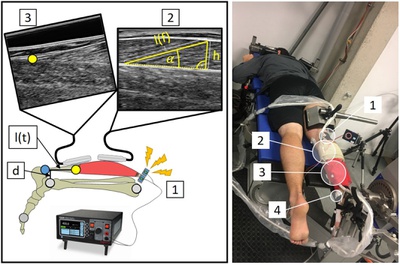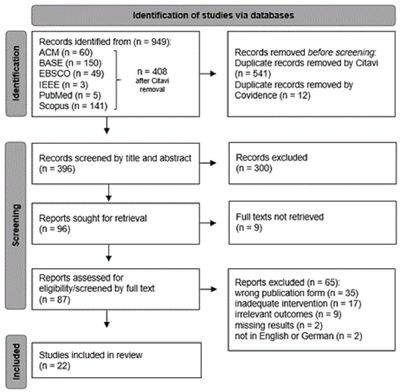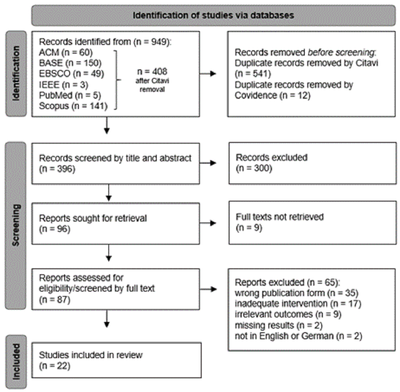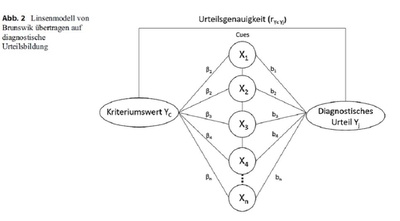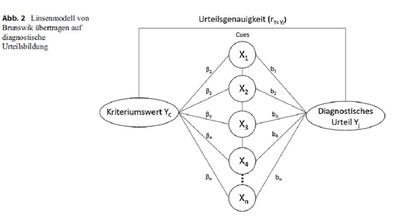
StartXFit—Nine Months of CrossFit® Intervention Enhance Cardiorespiratory Fitness and Well-Being in CrossFit Beginners
30 Oktober 2023
Insufficient physical activity (PA) is associated with low cardiorespiratory fitness, which favors cardiovascular and other noncommunicable diseases. Additionally, it evidentially affects mental health. Considering the WHO PA guidelines, CrossFit® represents a versatile exercise program that combines aerobic and resistance training with mobility and could help reduce disease incidences among sedentary people. Yet, long-term CrossFit research is sparse. We conducted a nine-month intervention (≥2 CrossFit workouts/week) in 16 beginners (14 males, 35 ± 6.8 years, 180 ± 8.6 cm, 85. 5 ± 19.1 kg). As a primary endpoint, VO2max was assessed at baseline, four, and nine months. A repeated-measures ANOVA and Pearson correlation were conducted. Well-being was investigated by the WHO-5 Index pre- and post-intervention. For exploratory purposes, body composition and heart rate recovery (HRR) were tracked. In a second step, all males were categorized into two groups based on body fat percentage and analyzed by repeated measures ANOVA again. The main outcome was an 11.5% VO2max improvement with a large effect (p < 0.01, 𝜂2𝑝 = 0.27). Strong negative correlations between baseline VO2max and its progression after nine months (p = 0.006, r = −0.654) were found. Well-being increased by 8.7% (p = 0.024, d = 0.51). HRR improved both at 1 min (p < 0.05, 𝜂2𝑝 = 0.34) and at 5 min (p < 0.05, 𝜂2𝑝 = 0.27) post-exercise. Resting metabolic rate increased by 2.2% (p = 0.042). Analysis by group revealed improved HRR at 1 min (p < 0.05, 𝜂2𝑝 = 0.62) only for the “high body fat” group. This study reveals the potential of CrossFit to enhance physiological and psychological health in beginners. For more robust results, larger sample sizes with a higher proportion of women are needed.
Keywords:
CrossFit; functional fitness training; group training; cardiorespiratory fitness; VO2max; well-being; body composition; sitting hours
